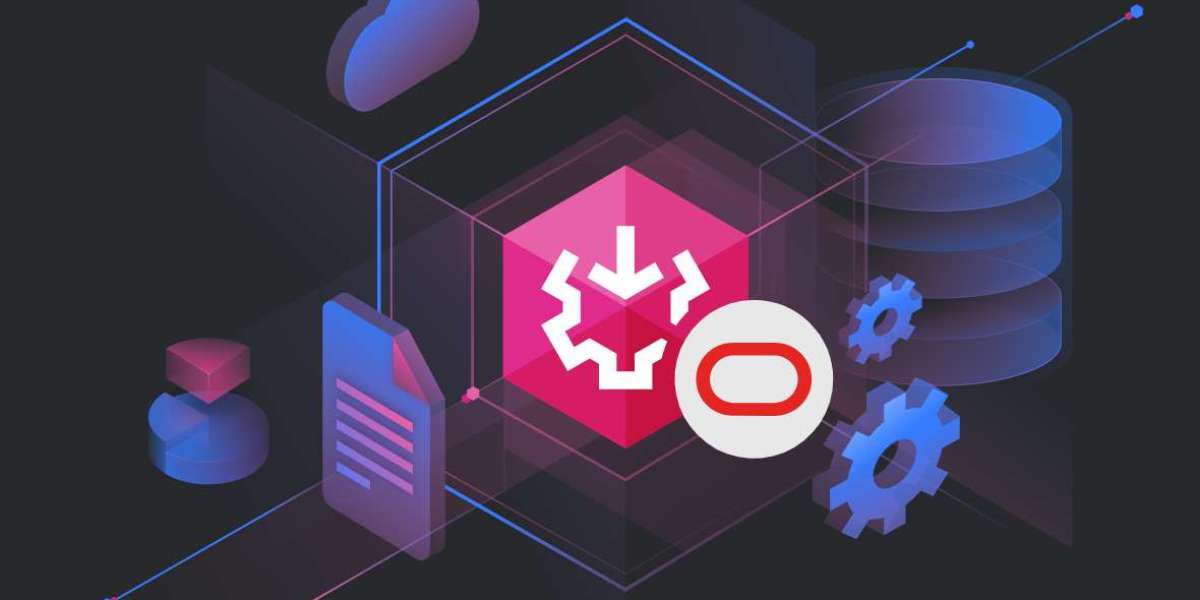Effective ETL (Extract, Transform, Load) processes are the backbone of seamless information flow. Oracle databases are widely used for their reliability, scalability, and robust features, making them a cornerstone in enterprise data environments. Integrating Oracle data with other sources using SQL Server Integration Services (SSIS) can revolutionize how businesses handle data import/export, synchronization, and migration.
Data Import and Export
Oracle data import and export tasks are crucial for ensuring timely information flow across systems. Using SSIS, businesses can connect to Oracle databases through native connectors or third-party tools, facilitating high-speed data transfers. Whether it's loading sales data from Oracle into a SQL Server-based data warehouse or exporting operational metrics to Oracle from other systems, SSIS offers streamlined solutions. With proper optimization, ETL processes can handle large volumes of data efficiently, maintaining data integrity throughout the transfer.
Data Synchronization
Data synchronization between Oracle and other platforms is vital for maintaining consistency across applications. Many organizations rely on real-time or near-real-time data updates to drive analytics, reporting, and operational processes. SSIS can automate synchronization tasks by setting up recurring data flows, ensuring that Oracle databases and other systems are always in sync. With the ability to use transformation components, SSIS allows for data standardization during synchronization, ensuring compatibility between diverse systems.
Data Migration
When transitioning to new systems or upgrading existing ones, data migration is a critical step. Oracle databases often house vast amounts of historical and transactional data, requiring careful planning and execution for successful migration. SSIS simplifies Oracle data migration with features like error handling, logging, and robust transformation capabilities. For example, migrating data from legacy Oracle systems to cloud-based solutions can be executed incrementally, minimizing downtime and reducing risks.
Enhancing ETL Efficiency
Integrating Oracle with other data sources through SSIS allows organizations to centralize ETL processes. The platform’s graphical interface enables easy workflow design, while its scalability supports complex integrations. Additionally, third-party tools and connectors specifically designed for Oracle and SSIS can enhance connectivity and performance, offering additional flexibility for advanced ETL scenarios. By leveraging these tools, businesses can achieve faster data processing times and reduce resource consumption.
The Role of Third-Party Connectors
While SSIS provides native support for Oracle, third-party connectors can significantly enhance the integration experience. Tools like Devart SSIS Data Flow Components for Oracle provide advanced features such as bulk data loading and support for specific Oracle data types. These connectors often come with pre-built components that simplify configuration and improve performance, particularly in high-volume data environments.
Conclusion
Oracle data integration using SSIS transforms ETL processes, enabling businesses to efficiently manage data import/export, synchronization, and migration. By leveraging the right tools and strategies, organizations can ensure data accuracy, enhance processing speeds, and optimize resource usage. Whether you’re working with real-time analytics or preparing for a major system upgrade, Oracle and SSIS provide the foundation for robust data integration.



